SQ15 ... Hommage à DSCH (2021) for string quartet
 Instant Download
Instant Download
Details
Description
SKU: A0.869862
Composed by Thomas Oboe Lee. 20th Century,Contemporary. Score and parts. 35 pages. Thomas Oboe Lee #6448257. Published by Thomas Oboe Lee (A0.869862).Dmitri Shostakovich wrote 15 string quartets. As a tribute to him and his glorious music, my 15th string quartet is dedicated to his memory.
The first movement takes on a theme that Dmitri Shostakovich has used many times in his music, especially in his String Quartet No. 8 - the DSCH theme. Bach actually came up with the idea. In his Art of the Fugue, the letters in his name Bach is translated to the musical notes: Bb, A, C and B-natural. Dmitri did the same, but in his case the notes are D, Eb, C and B.
My first movement begins with the 2nd violin playing an inversion of the DSCH theme: Eb, D, B and C. Then the 1st violin enters with the original DSCH, which is eventually followed by the viola playing the same DSCH theme, but submerged in a fog of harmony. The cello plays a pedal D … for Dimitri.
The idea for the second movement "Serenade" came from his SQ15, second movement, where the 2nd violin and the viola play a fortissimo quadruple stop pizzicati. I coopted his 8-note chord but used only 6 of them for the ostinato pattern in my movement. Incidentally, the publisher forgot to add an alto clef for the viola part …
The third movement in the "Nocturne" is a Largo in 5/4 that features the cello and the 1st violin. It has nothing to do with DSCH’s music, except for the title.
The fourth movement is "Intermezzo." Both this title and the previous "Nocturne" are from his SQ15. But the motivic idea is actually something I "stole" from his SQ4, third movement. In his case it is a repeated C and G in the 2nd violin and viola in 4/4 meter. I kept the repeated G in the 2nd violin, but I altered the viola part and changed the meter to 3/4. It doesn’t sound like DSCH at all.
The fifth movement theme is also an idea I grabbed from his SQ4, second movement: A dyad of F and Ab in 3/4, repeated, in an andante movement. I used the same dyad, F and Ab, but slowed it down to a 6/4 and titled it "Trauer-Marsch" as DSCH did for the fifth movement of his SQ15.
The idea for my sixth movement is stolen from DSCH’s SQ2, third movement, which is titled "Valse." The 2nd violin and viola play a persistent "pah-pah" of the usual Oom-pah-pah of a fast waltz. That is what I used (not an uncommon device in all waltzes), but I altered the top line to something more interesting that just repeating the same notes. His waltz begins in Eb minor, but mine is in the relative major of Gb.
The last movement is the "Epilogue," as it is in DSCH’s SQ15. The only thing I borrowed from his "epilogue" is the opening chord of an Eb minor triad. The music that follows has nothing to do with DSCH. Mine is a slow, evolving set of chord progressions that sounds like a dirge: gliding through the waters on a gondola in the canals of Venice on its way to Isola di San Michele.
This product was created by a member of ArrangeMe, Hal Leonard’s global self-publishing community of independent composers, arrangers, and songwriters. ArrangeMe allows for the publication of unique arrangements of both popular titles and original compositions from a wide variety of voices and backgrounds.
Digital Downloads are downloadable sheet music files that can be viewed directly on your computer, tablet or mobile device. Once you download your digital sheet music, you can view and print it at home, school, or anywhere you want to make music, and you don’t have to be connected to the internet. Just purchase, download and play!
PLEASE NOTE: Your Digital Download will have a watermark at the bottom of each page that will include your name, purchase date and number of copies purchased. You are only authorized to print the number of copies that you have purchased. You may not digitally distribute or print more copies than purchased for use (i.e., you may not print or digitally distribute individual copies to friends or students).
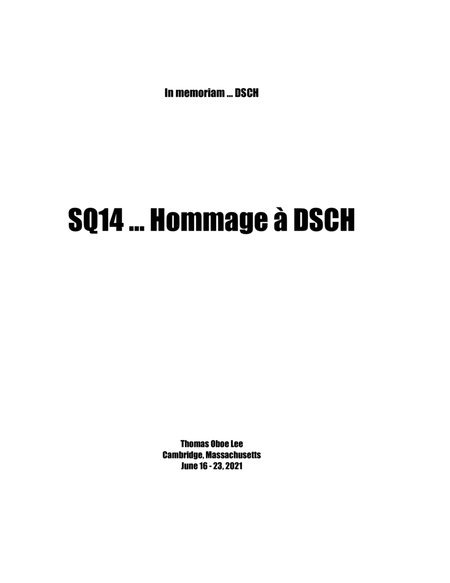
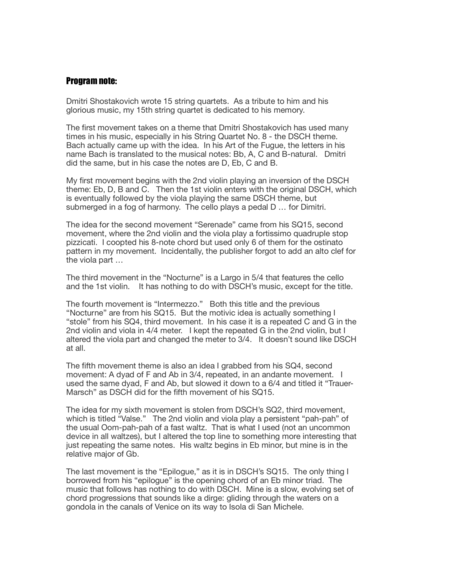
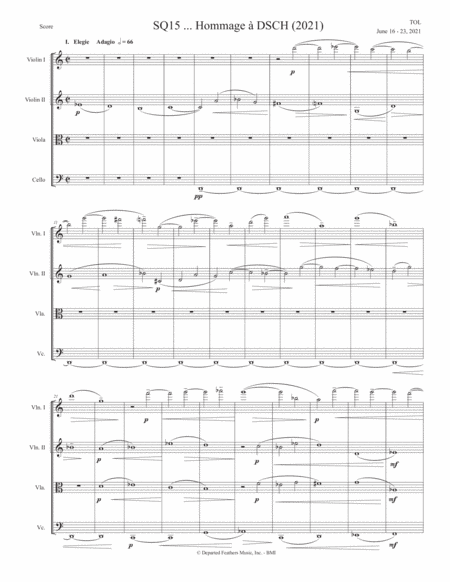
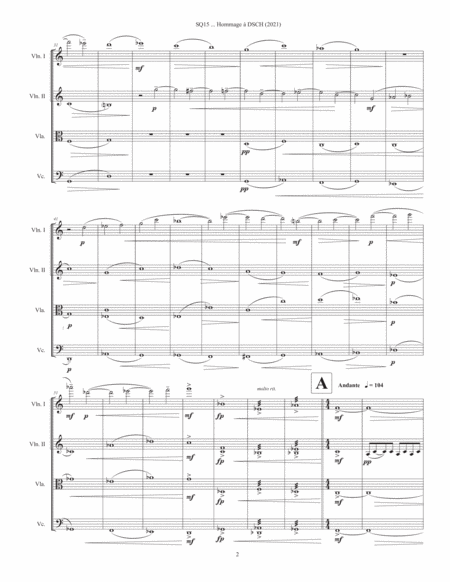
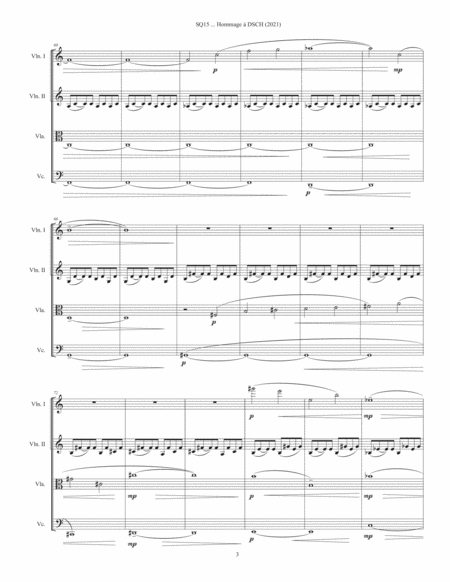
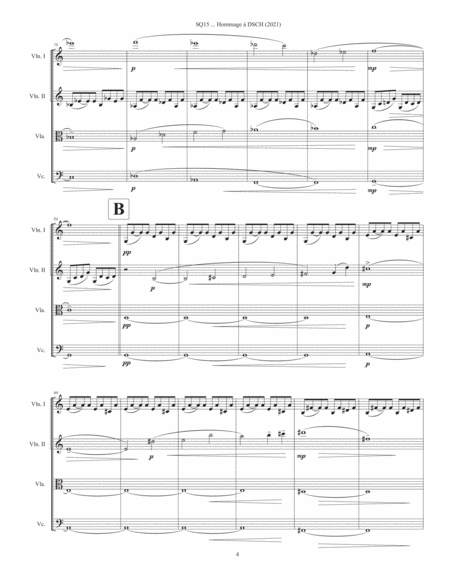
 Share
Share